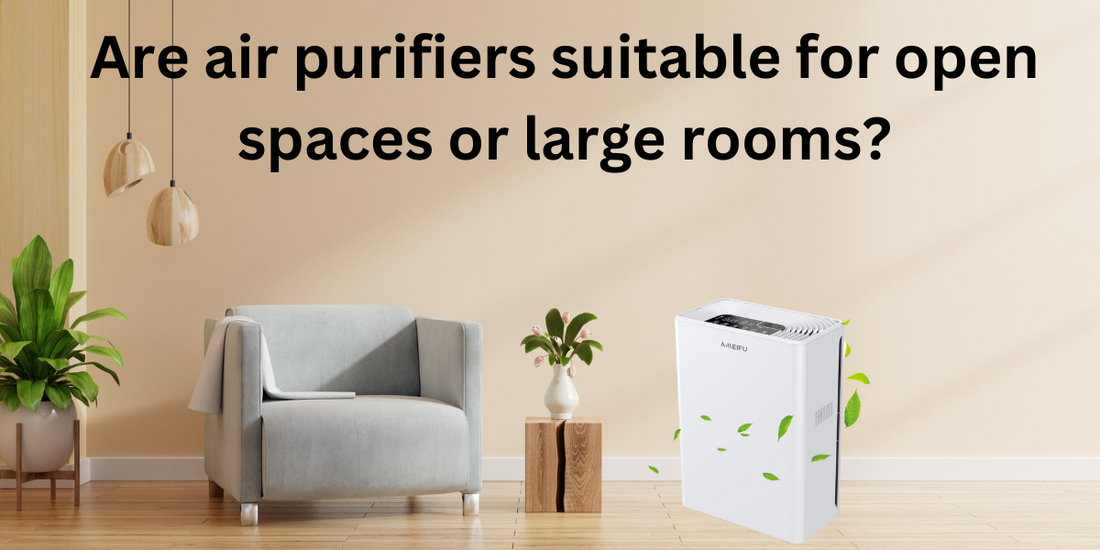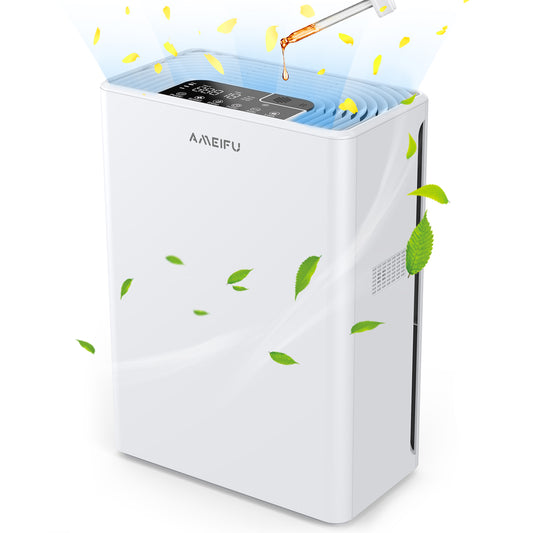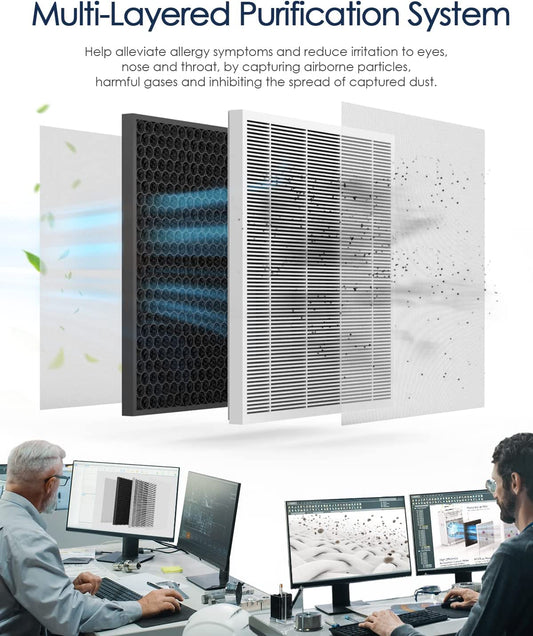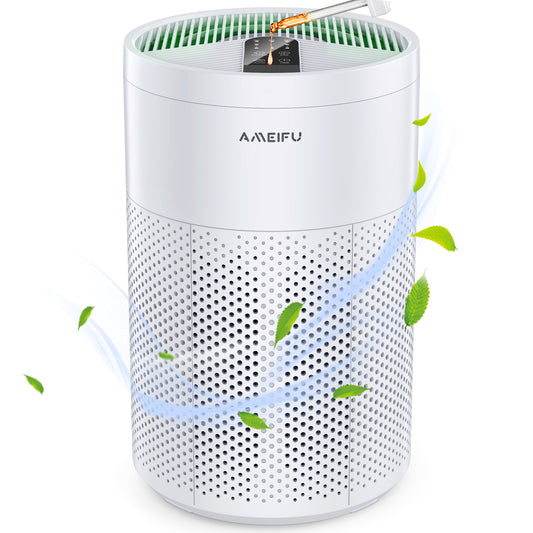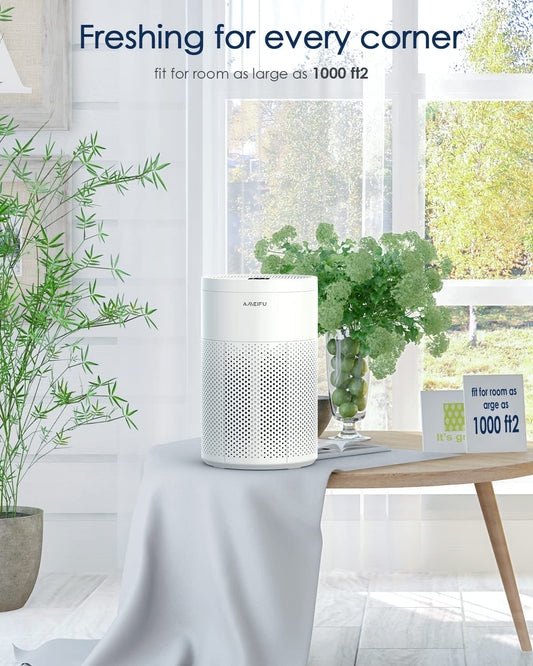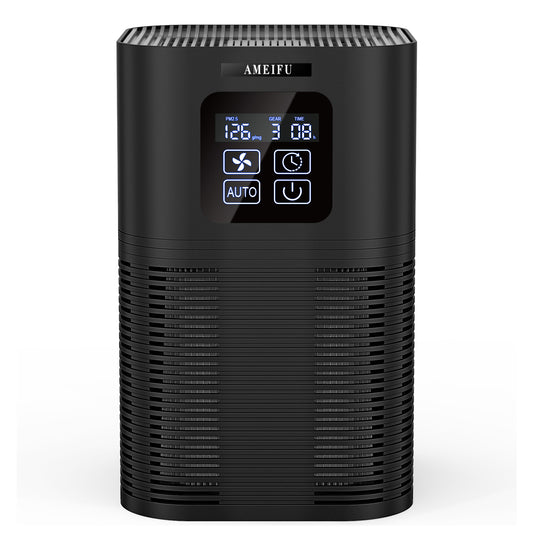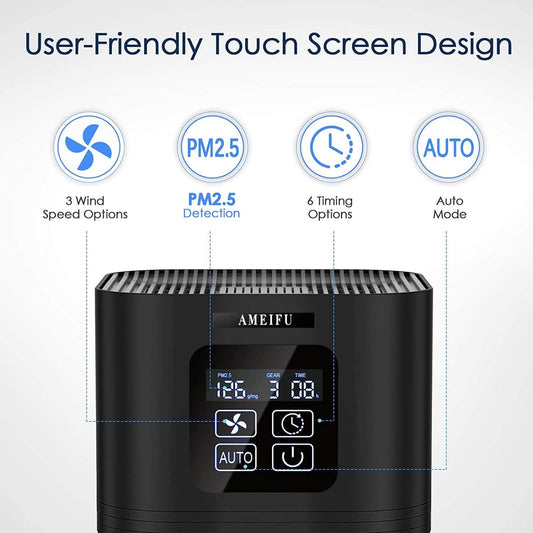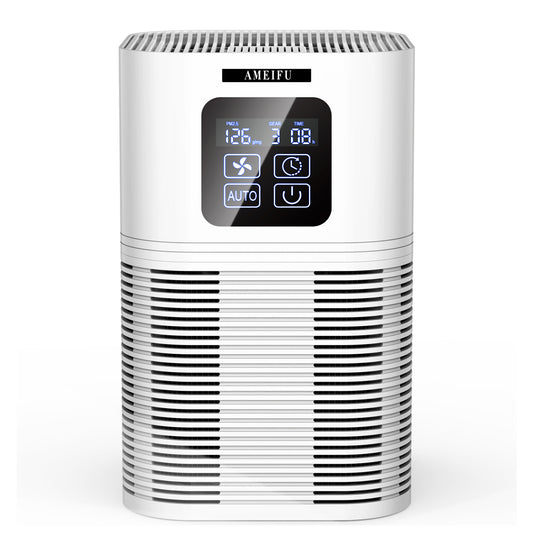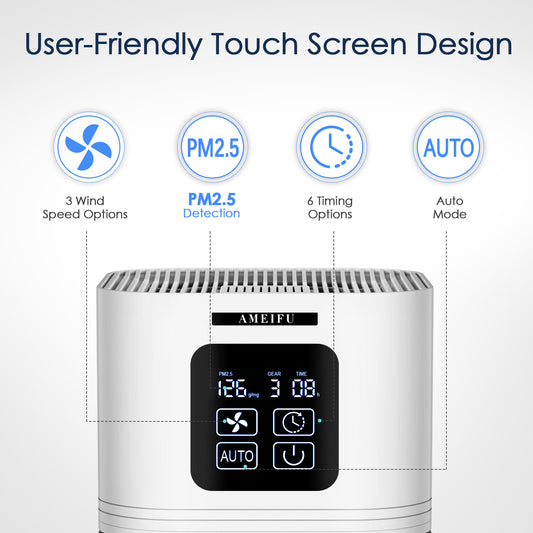Air quality is a crucial aspect of maintaining a healthy and comfortable environment, especially in open spaces or large rooms. With concerns about pollutants, allergens, and airborne diseases, the use of air purifiers has gained popularity. However, before investing in an air purifier for such spaces, it is essential to evaluate their suitability and effectiveness. This essay explores the benefits and considerations of using air purifiers in open spaces or large rooms, taking into account their capacity, filtration technology, noise levels, and cost-effectiveness.
Capacity of Air Purifiers for Open Spaces or Large Rooms
One of the primary considerations when selecting an air purifier for open spaces or large rooms is its capacity to effectively clean the air within that specific area. Traditional air purifiers designed for smaller rooms may not have the ability to efficiently filter and circulate air in larger areas. Therefore, it is crucial to choose an air purifier specifically designed for open spaces or large rooms.
Air purifiers suitable for open spaces or large rooms are generally equipped with powerful fans and larger filters. These features enable them to process a higher volume of air and effectively remove airborne contaminants. Additionally, their wider coverage area ensures that the air in the entire space is adequately purified. When selecting an air purifier, it is important to consider the manufacturer's specifications regarding the maximum room size it can effectively serve.
Filtration Technology for Open Spaces or Large Rooms
The effectiveness of an air purifier in open spaces or large rooms heavily relies on its filtration technology. The two most common types of air purifier filters are High-Efficiency Particulate Air (HEPA) filters and activated carbon filters.
HEPA filters are highly efficient in capturing small particles such as dust, pollen, pet dander, and even some bacteria and viruses. They are capable of removing up to 99.97% of particles as small as 0.3 microns in size. HEPA filters are particularly beneficial for individuals with allergies or respiratory conditions.
Activated carbon filters, on the other hand, excel at eliminating odors, gases, and volatile organic compounds (VOCs) from the air. These filters contain a porous carbon material that effectively absorbs and traps these substances, helping to improve indoor air quality.
To maximize the effectiveness of air purifiers in open spaces or large rooms, some models combine HEPA and activated carbon filters. This combination ensures a comprehensive purification process, targeting both particles and gases, thereby creating a healthier and more pleasant environment.
Considerations for Noise Levels
When using air purifiers in open spaces or large rooms, noise levels can become a significant concern, especially in environments where low noise levels are essential, such as offices, libraries, or bedrooms. While some air purifiers operate silently, others generate noticeable noise due to the high-powered fans required for large spaces.
To address this concern, it is essential to consider the noise levels specified by the manufacturer. Many air purifiers come with multiple fan speed settings, allowing users to adjust the speed based on their preferences and noise tolerance. Additionally, some advanced models feature noise-reducing technologies, such as sound insulation or dampening materials, to minimize operational noise while maintaining effective air purification.
Cost-Effectiveness of Air Purifiers for Open Spaces or Large Rooms
Cost-effectiveness is another crucial factor to consider when evaluating air purifiers for open spaces or large rooms. The initial cost of purchasing an air purifier can vary significantly based on the brand, features, and technology. However, it is essential to look beyond the initial investment and consider the long-term expenses.
Factors that impact the cost-effectiveness of an air purifier include filter replacement frequency and energy consumption. HEPA filters typically require replacement every 3 to 6 months, depending on usage and air quality. Activated carbon filters might need replacement less frequently but should be changed periodically to maintain optimal performance. It is important to assess the availability and cost of replacement filters when considering the long-term expenses of an air purifier.
Moreover, energy consumption can contribute to the overall cost of running an air purifier. Energy-efficient models with low power consumption can help minimize electricity bills, especially if the purifier operates continuously or for extended periods.
Conclusion
Air purifiers can be suitable for open spaces or large rooms, provided they are designed to handle the specific requirements of such areas. When selecting an air purifier, consider the capacity, filtration technology, noise levels, and cost-effectiveness to ensure optimal performance and efficiency. By investing in a well-suited air purifier, individuals and organizations can create healthier environments, free from pollutants, allergens, and unwanted odors in open spaces or large rooms.

